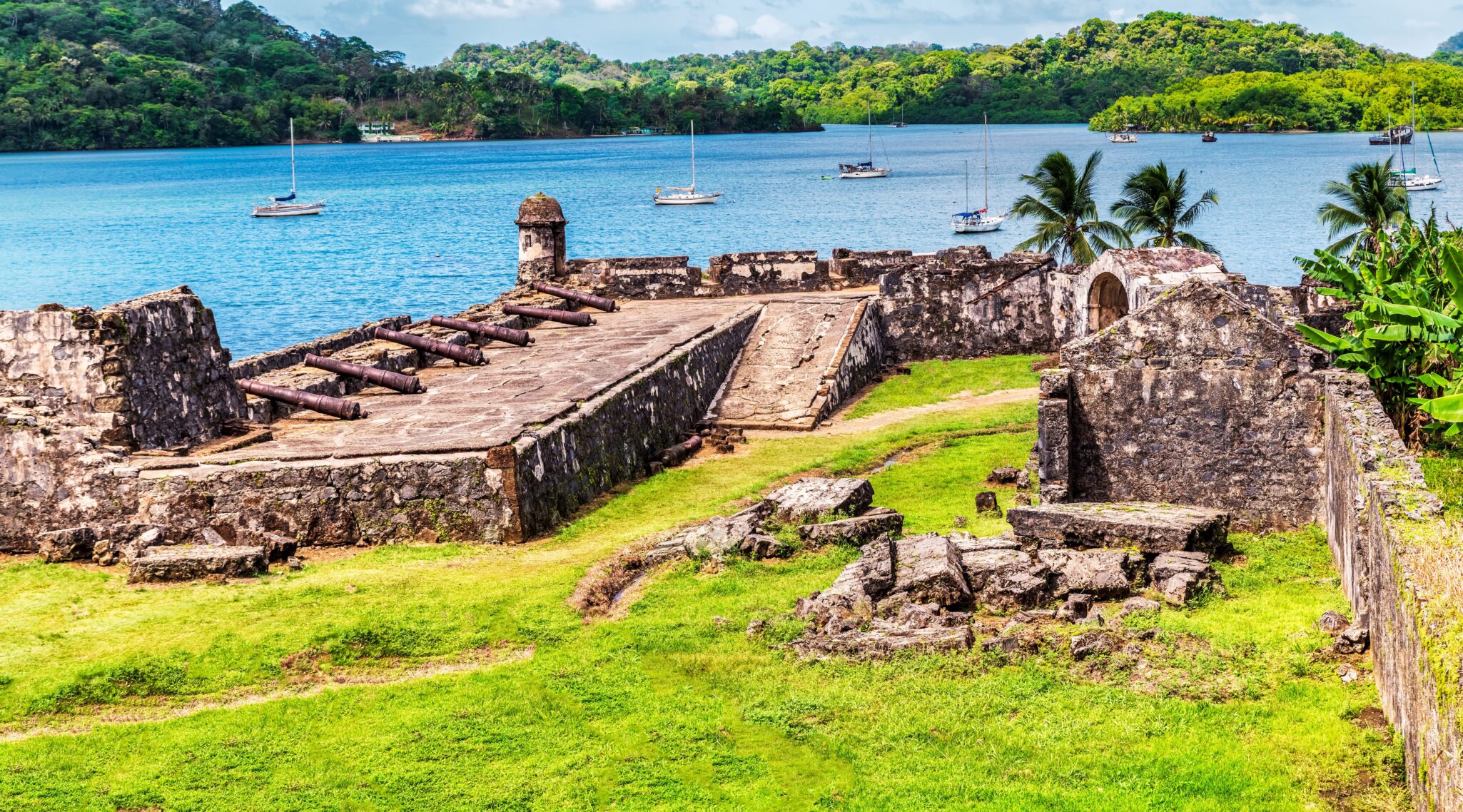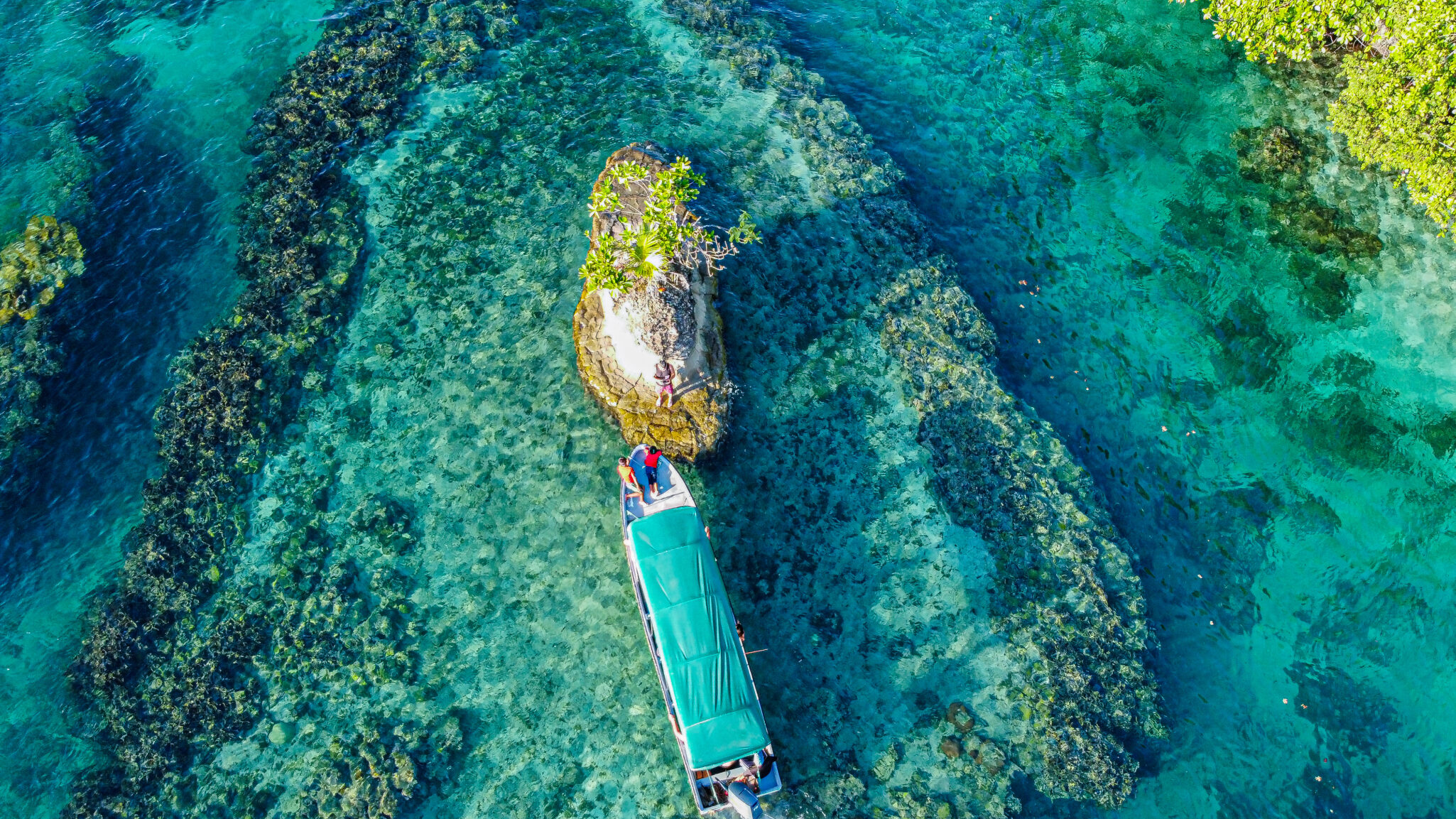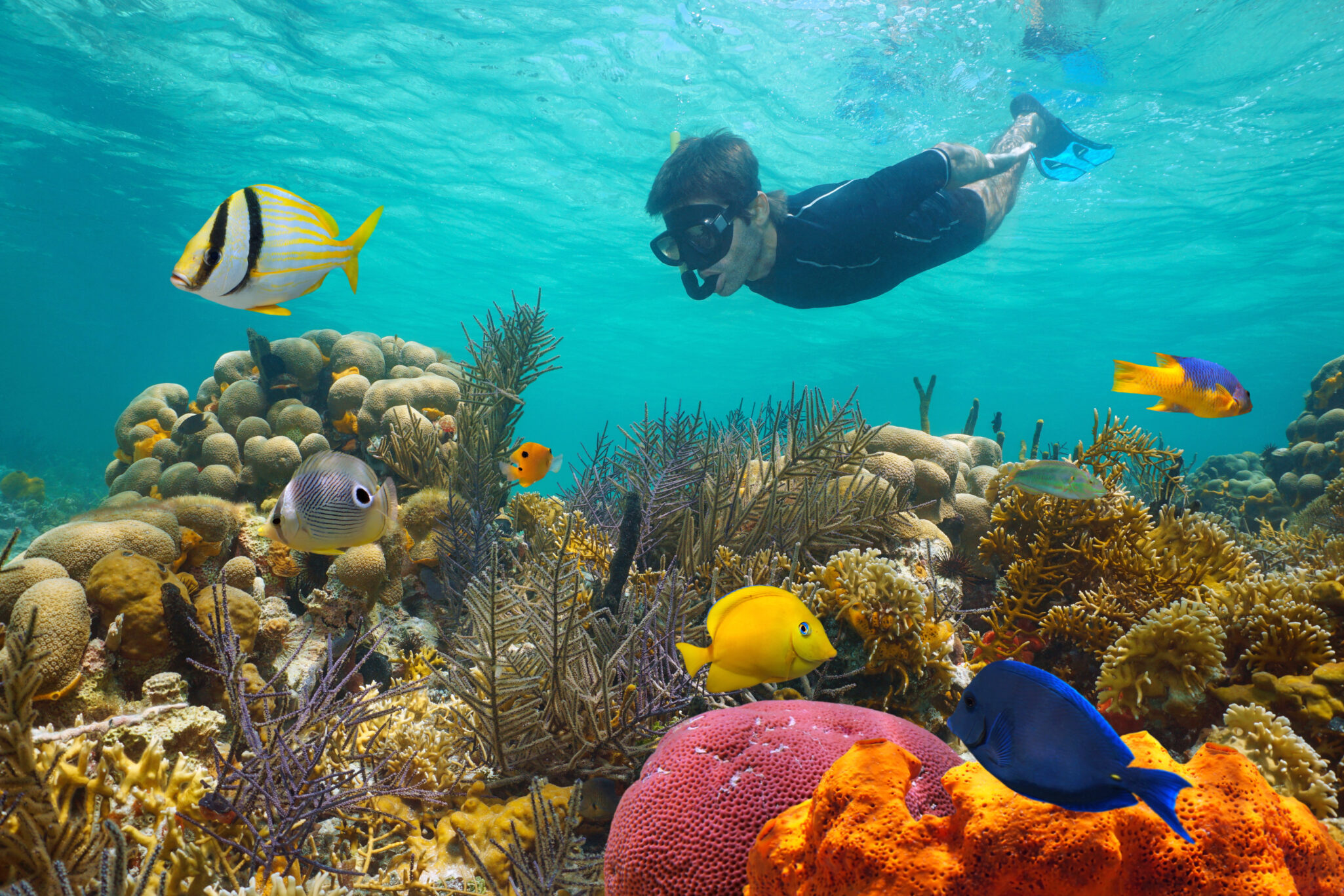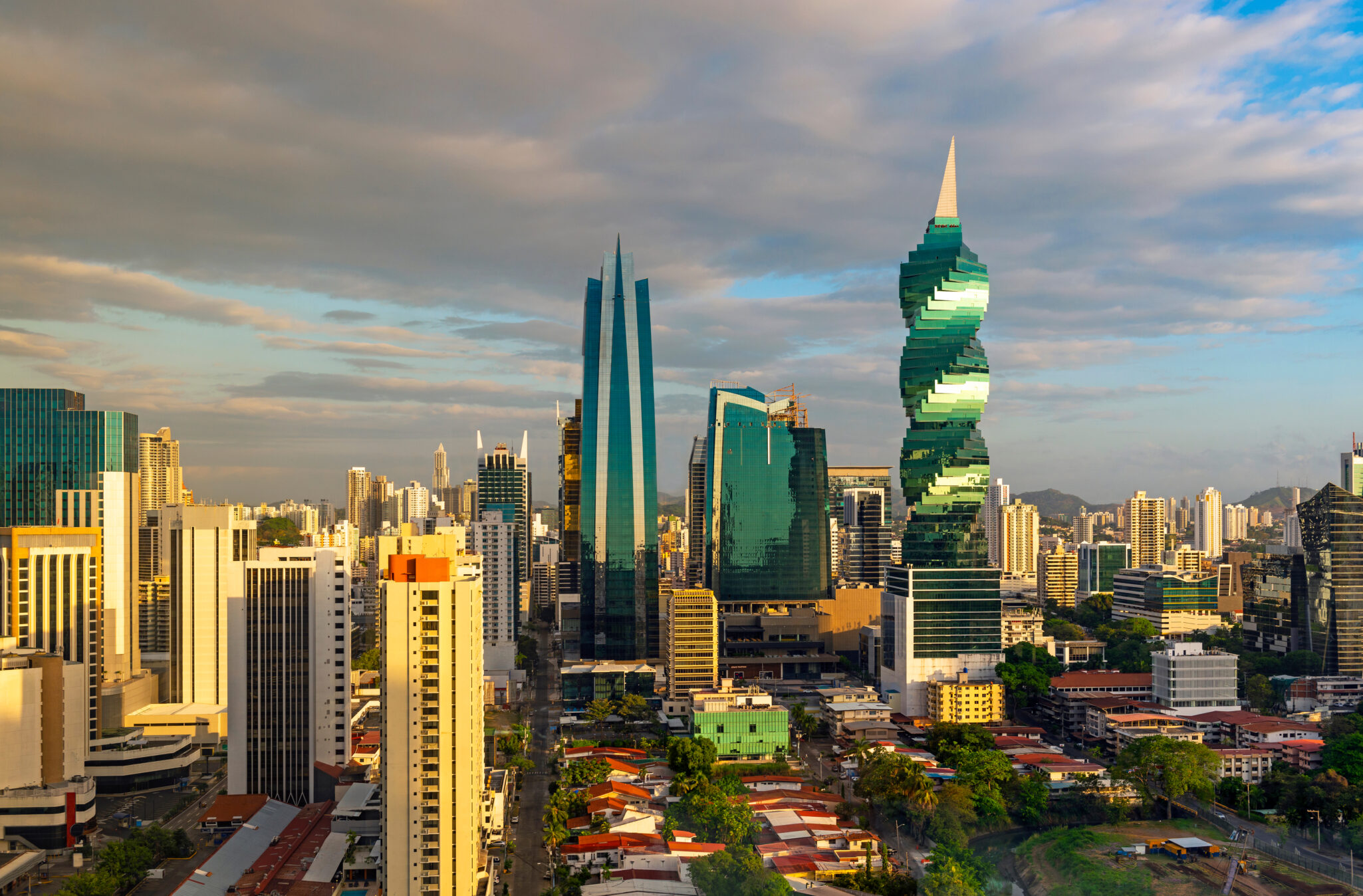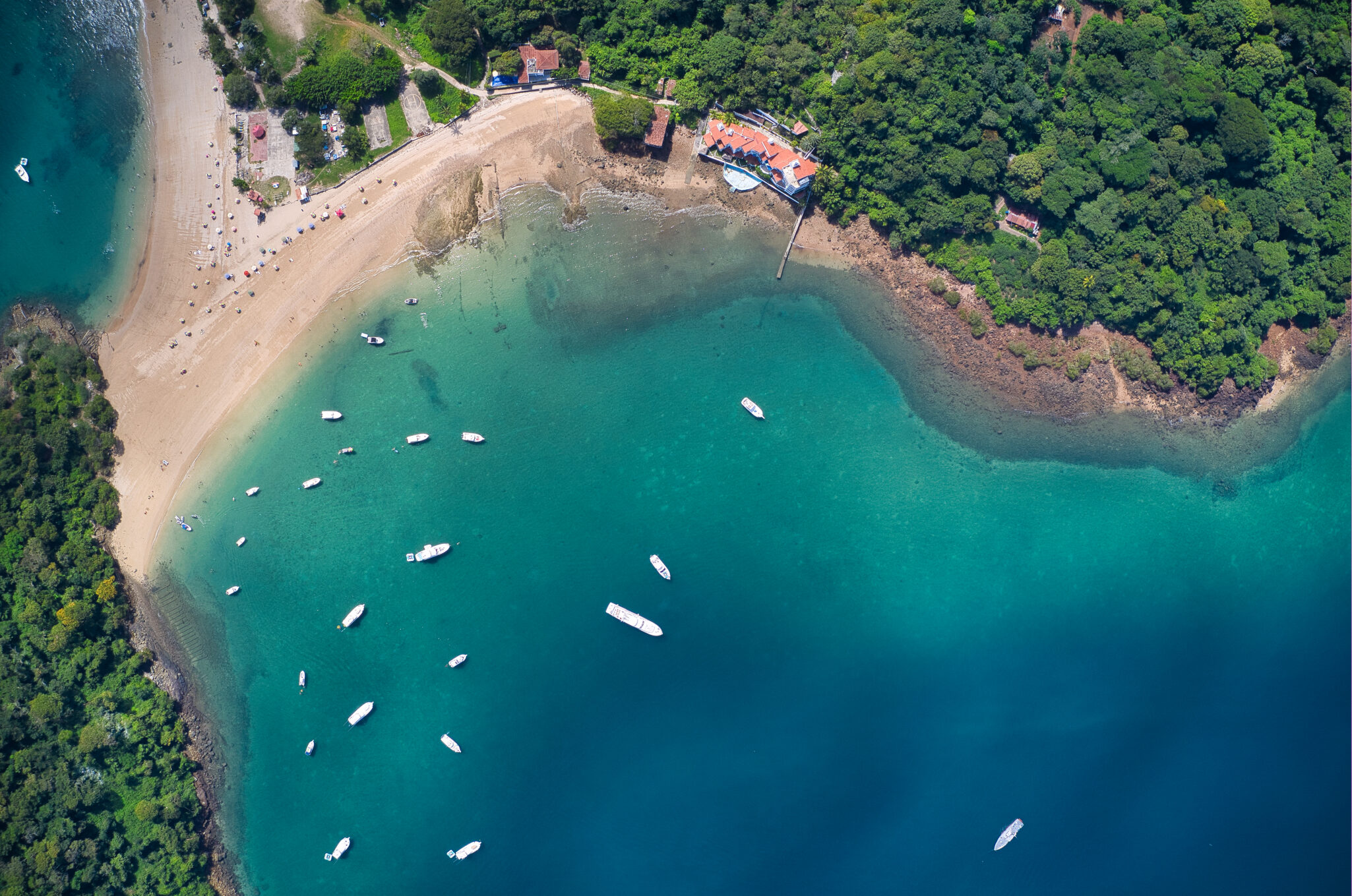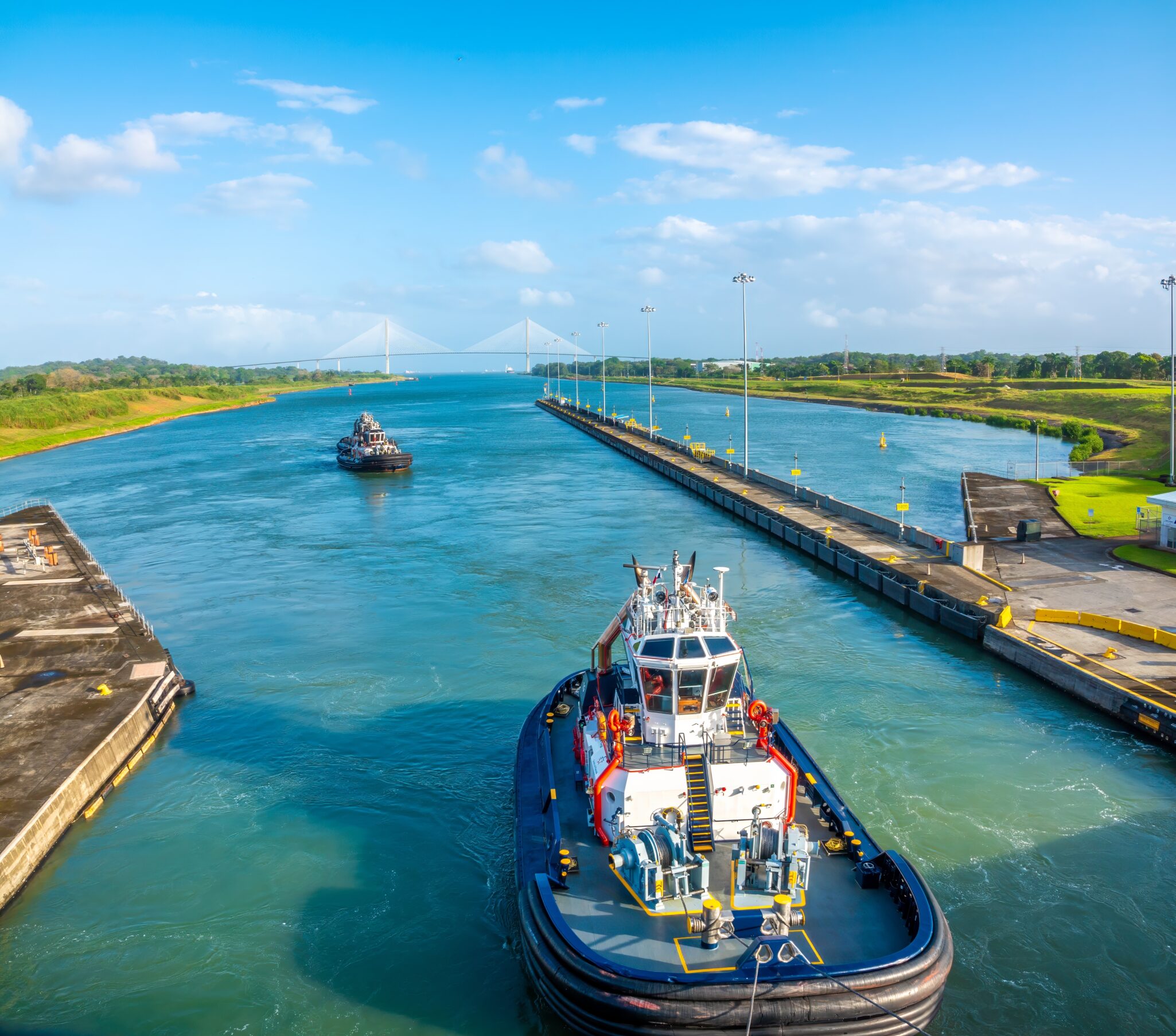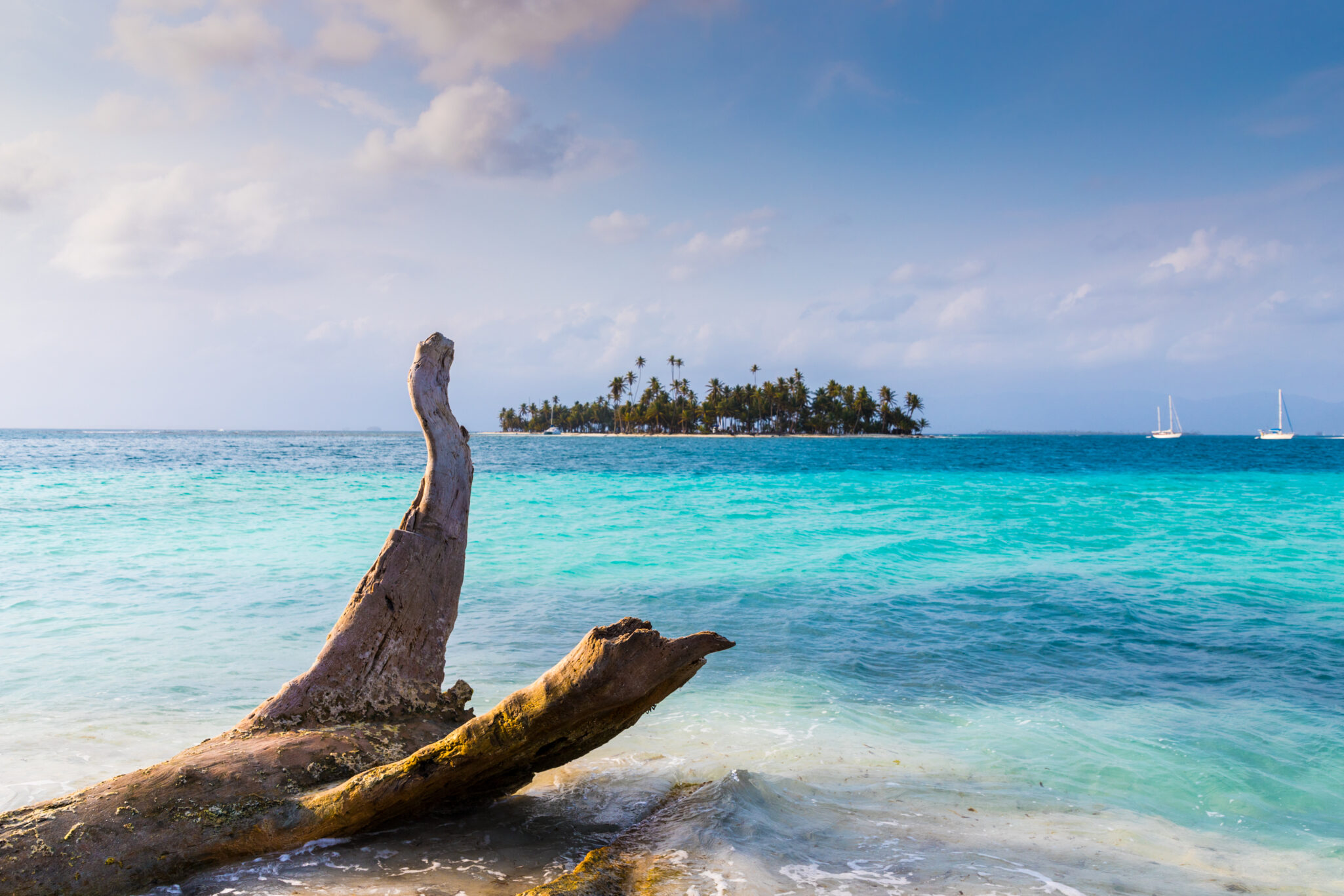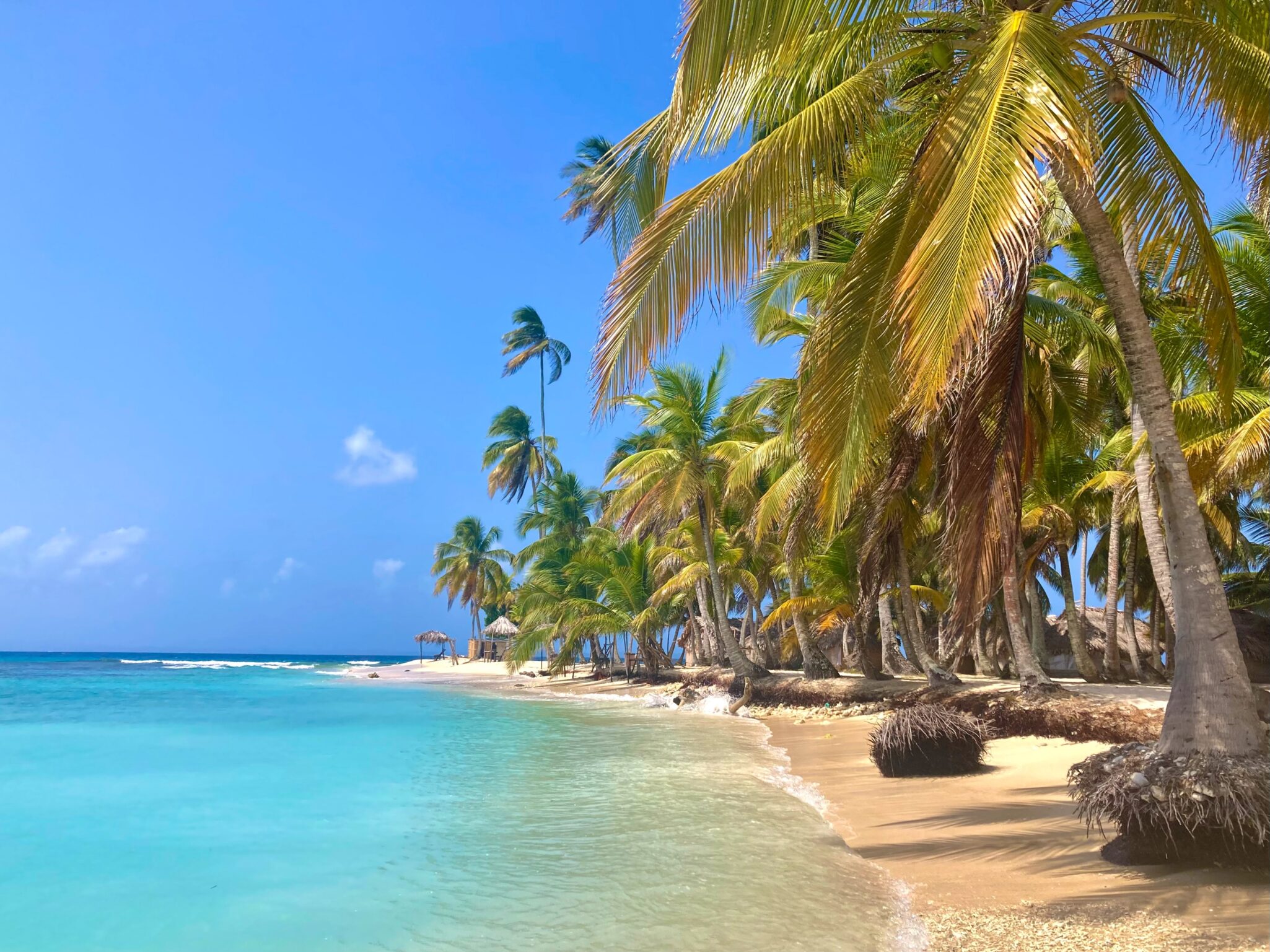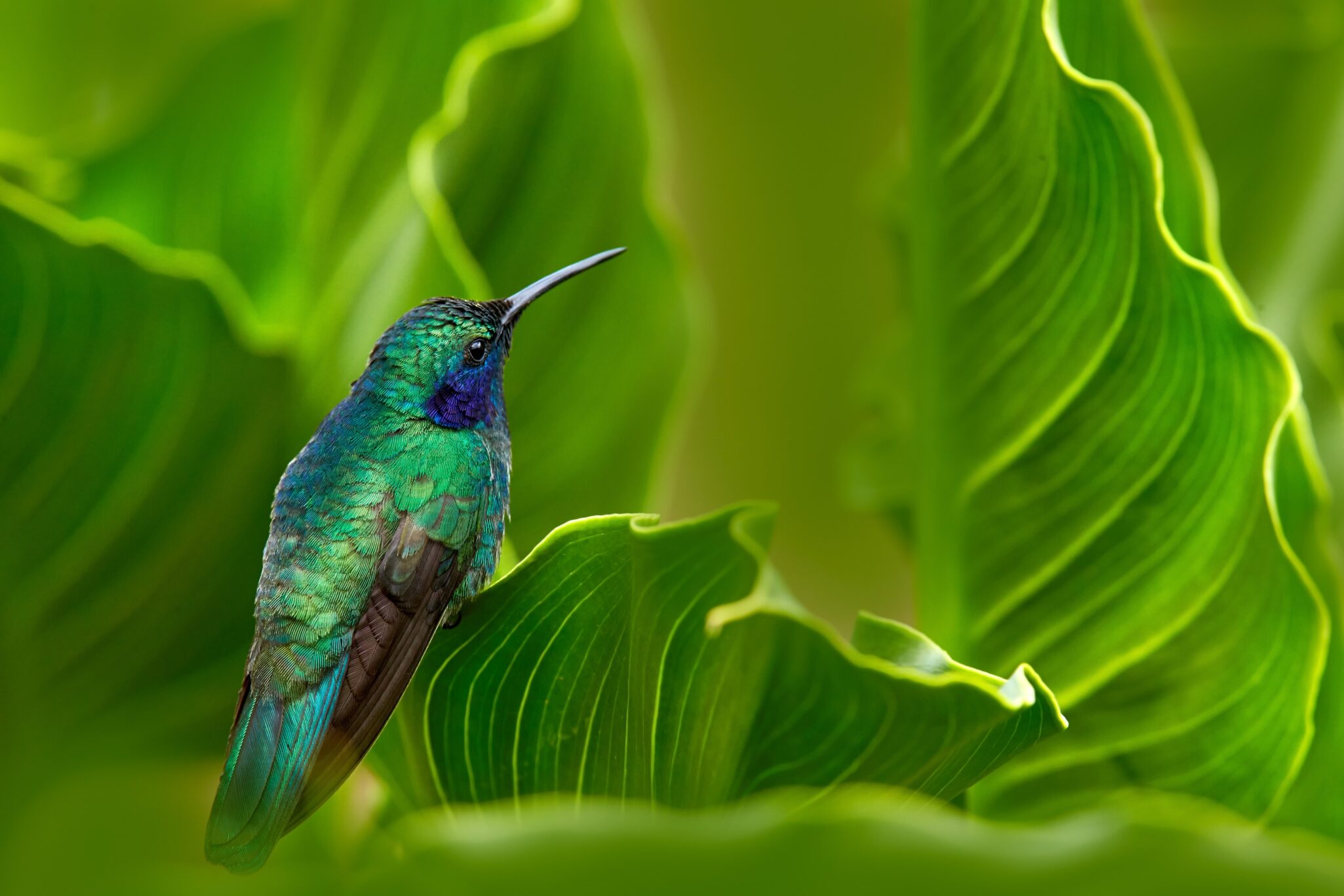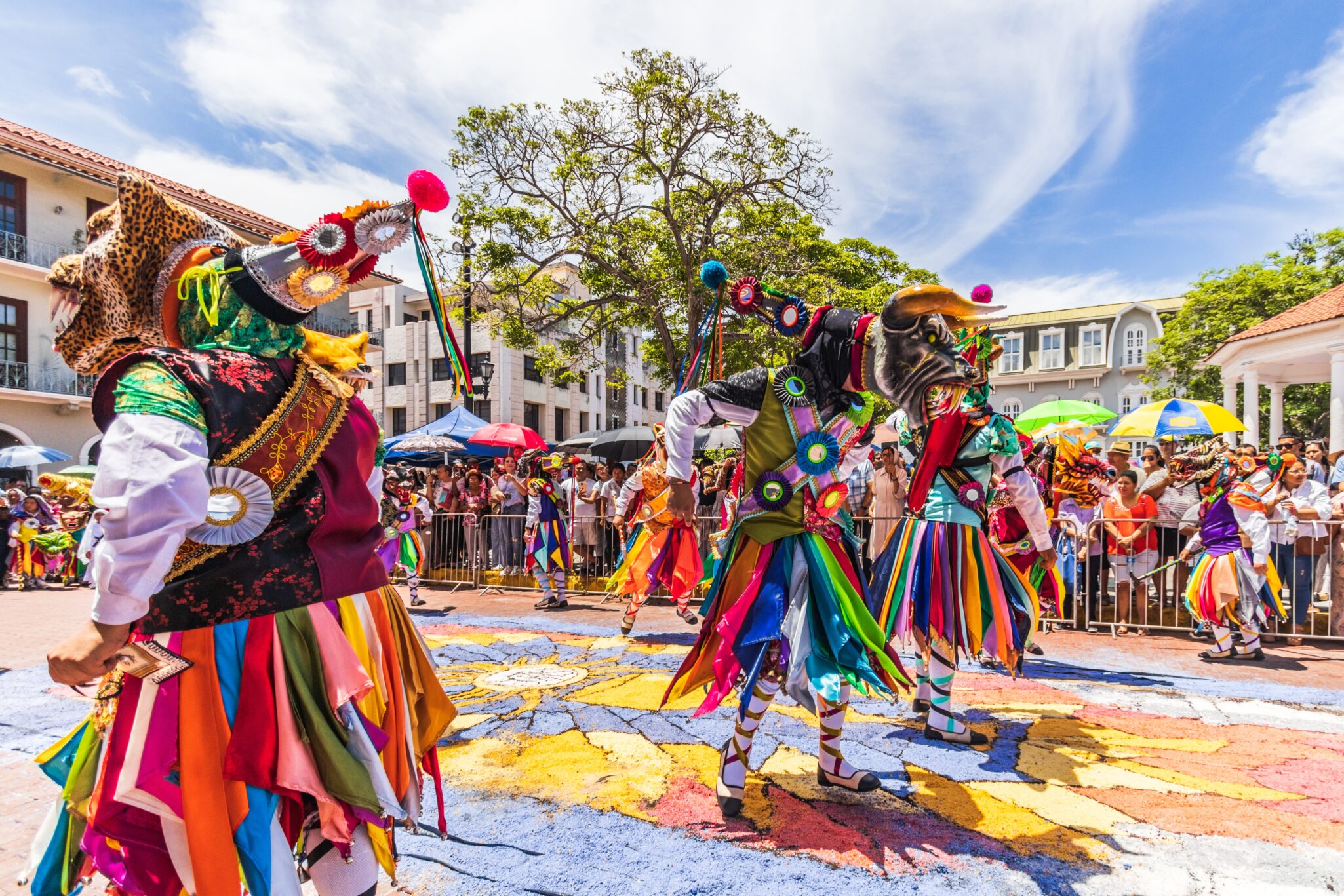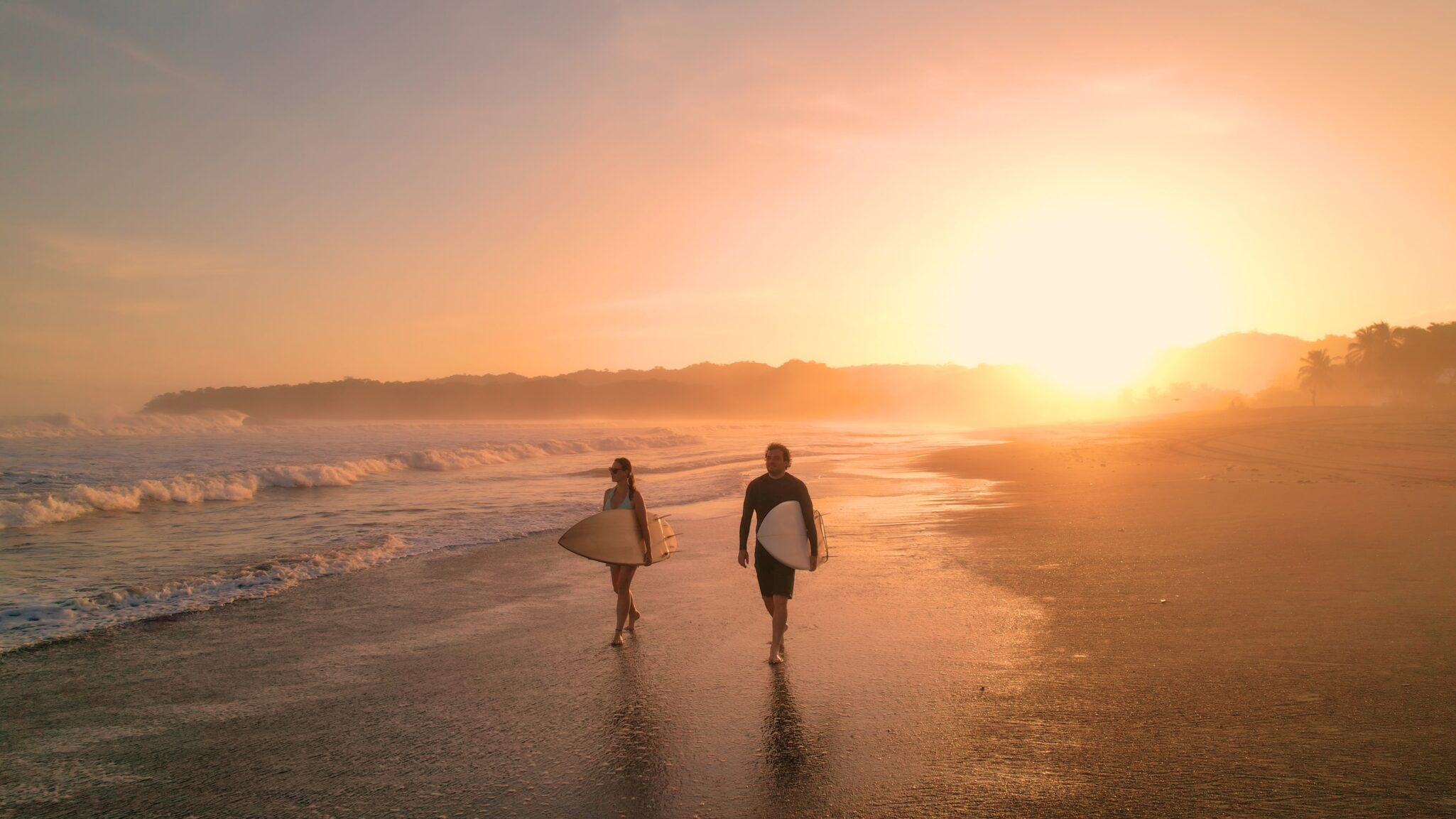
A Guide to Chartering in Panama
Cruise the isthmus of adventure and discovery.
Discover Panama: Central America’s Dual-Coast Yacht Charter
Cruising Panama means navigating one of the world’s most remarkable crossroads. You’ll sail between the Pacific and Caribbean coasts, passing through the historic Panama Canal which links two oceans and millions of stories. The country offers more than 1,500 islands and islets, abundant marine parks like Gulf of Chiriquí, and dozens of reef systems teeming with life. Places such as the San Blas Archipelago feature around 365 islands governed by the Guna people, with calm lagoons, coral gardens, and isolated anchorages few travelers reach. Coastal towns like Boca Chica provide reliable embarkation points, while Taboga Island sits just 20 kilometers from Panama City, offering quick access to beach escapes.
The charm of Panama lies in its contrasts and character. In the Pacific you can dive in Coiba National Park, a UNESCO World Heritage Site known for its remote reefs and large pelagic species. San Blas provides a very different pace where Guna villages, handmade molas, and pristine sandbars frame every horizon. Marinas in Bocas del Toro, dock access in Boca Chica, and the close proximity of amenities in Panama City combine to ensure comfort when you need it and wildness when you want it. Watersports, snorkelling, kayaking, fishing, and wildlife sightings are woven into nearly every day’s plan.
Your charter days with Opal in Panama can shift seamlessly from serene mornings in hidden bays to afternoons exploring jungle coasts or colonial districts. You may kayak mangroves at sunrise, lunch on deck with views of the Canal locks, snorkel with reef sharks in the Gulf of Chiriquí, then dine under stars in the San Blas Islands. Panama allows those contrasts. Charter with Opal and uncover a journey where each anchorage tells a story — beaches, reefs, history, and culture all meeting on water.
What are the must-see destinations in Panama?
San Blas Islands
Comprising about 365 islands and cays, of which around 49 are inhabited, the San Blas (Guna Yala) offer one of Panama’s most serene island escapes. The archipelago is known for its largely untouched reefs, warm Caribbean waters, and traditional Kuna villages. It stands out as perfect for island-hopping, snorkeling, and finding beaches far from the crowds.
Bocas del Toro
Located near the Costa Rican border, Bocas del Toro is an archipelago of nine main islands and hundreds of smaller islets, known for its Afro-Caribbean charm and biodiversity. It hosts one of Panama’s first marine national parks—Isla Bastimentos National Marine Park—protecting mangroves, coral gardens, and nesting sea turtles. Bocas Town offers lively nightlife and colorful overwater lodges, while Starfish Beach and Red Frog Beach provide idyllic swimming and snorkeling spots.
Coiba National Park
Off Panama’s southwest Pacific coast lies Coiba National Park, a UNESCO World Heritage Site protecting Coiba Island along with 38 smaller islands and extensive marine zones. The park is home to over 760 fish species and 33 species of sharks, including hammerheads and whale sharks, along with manta rays and dolphins. On land, Coiba’s rainforest shelters endemic mammals, lush mangroves, and abundant birdlife including the Coiba spinetail.
Panama Canal & Gatun Lake
The Panama Canal remains one of the most iconic engineering achievements in the world. The transit through its locks, rising via Gatun Lake (approx. 430 square kilometers / 166 sq mi) at around 26-27 meters (about 85-89 feet) above sea level, provides dramatic views of jungle rising from lake shores and ships gliding past. Gatun Lake also forms a major part of the Canal’s water supply system, making its water levels essential for passage.
Portobelo & Colón
Along Panama’s northern coast, the twin towns of Portobelo and Colón reveal the country’s colonial and maritime past. Portobelo, a UNESCO World Heritage Site, was once a key Spanish port for transporting South American gold, now home to 17th-century fortifications like San Jerónimo and Santiago de la Gloria. Nearby Colón, located at the Caribbean entrance of the Panama Canal, blends old-world architecture with bustling commerce.
Casco Viejo, Panama City
A UNESCO-listed district and the cultural heart of the capital, Casco Viejo (or Casco Antiguo) was built in 1673 after the original city of Panama Viejo was destroyed by pirate Henry Morgan. Its cobblestone streets showcase colonial, neoclassical, and French architecture. Today, it’s home to rooftop bars, fine dining, and boutique hotels overlooking the Bay of Panama.
What’s next:
Ready to explore Panama’s extraordinary waterways and tropical coasts? Your charter opens doors to hidden anchorages, secluded coves, and quiet stretches of coastline where wildlife thrives undisturbed. Glide through mangrove labyrinths, watch dolphins play along your hull, and catch sunsets over waters that shift from emerald to sapphire as the day unfolds.
With Opal, each day at sea becomes a chance to craft your own adventure. Enjoy fresh seafood prepared on deck, partake in guided hikes into tropical forests, or explore local villages to meet artisans and taste regional flavors. The pace is yours—whether you chase the thrill of water sports, dive into coral gardens, or simply drift beneath the stars.
Plan your Panama yacht charter with Opal and let every hour reveal a new facet of this remarkable isthmus. Here, the sea and the shore write the itinerary together, promising experiences that linger long after the anchor is lifted.
What’s the weather like in Panama?
Panama offers year-round cruising with a tropical maritime climate and steady warmth averaging 75–86°F (24–30°C).
- Peak Season: December through April — the dry season, offering clear skies, calm seas, and low humidity. Ideal for yacht charters, diving, and exploring both the Pacific and Caribbean coasts.
- Shoulder Seasons: May and November bring a transition between wet and dry conditions, with fewer crowds and lush, green scenery. Expect short tropical showers, usually in the late afternoon.
- Rainy Season: May to November marks the wet season, particularly on the Caribbean side, though rainfall often comes in bursts rather than all-day storms. The Pacific coast may see rougher seas during this time.
- Marine Life Seasons: From July to October, the Pacific hosts humpback whales migrating from both hemispheres, while Coiba National Park and Bocas del Toro deliver prime diving visibility and rich marine encounters during the dry months.
